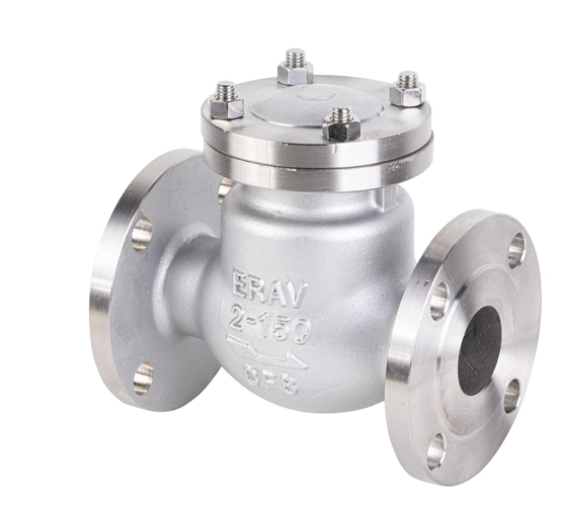Check valves are essential components that serve to prevent reverse flow within a system. Their primary function is to facilitate fluid movement in a singular direction, automatically shutting off when there’s an attempt of fluid movement in the opposite direction. This article will explore three distinct types of check valves, each offering its own set of features and benefits.
Axial Flow Check Valve
Axial Flow Check Valves are pivotal for the protection of pumps and compressors. They induce flow in one direction and prevent backflow in the other. This results in reduced extensive damage to equipment, increasing system durability. The benefits include rapid closing, tailored sizing, a compact design, and substantial flow coefficient, making them the ideal valve for oil collection and transmission. Apart from their responsiveness to change in flow, they also have a low maintenance cost, making Axial Flow Check Valves a suitable addition to various industries.
Dual Disc Check Valve
Dual Disc Check Valves, alternatively referred to as Double Door Check Valves, exhibit versatility and extensive application across various sectors including water treatment plants, oil and gas refineries, chemical processing plants, and power generation facilities. Renowned for their efficacy in fluid and gas regulation within these industries, their design minimizes downtime, bolsters safety measures, and enhances overall reliability. Particularly suitable for scenarios demanding minimal pressure drop and the prevention of potential leakage issues, this non-slam valve stands out for its performance.
Stainless Steel Check Valve
The rising popularity of Stainless Steel Check Valves stems from their remarkable combination of strength, durability, corrosion resistance, and precision. Their widespread adoption in demanding environments like food processing, pharmaceutical manufacturing, and petrochemical industries underscores their robustness. Stainless steel’s innate corrosion resistance ensures these valves withstand water and harsh chemicals exceptionally well, enhancing their versatility and widespread use.

Axial Flow Check Valves, Dual Disc Check Valves, and Stainless Steel Check Valves offer distinct advantages and are suited for specific applications. Appreciating the nuanced disparities between these valve types can significantly aid in their appropriate selection, especially when seeking optimal functionality to meet various system demands.
In this article, we explore the distinctive applications and benefits of various check valves, particularly axial flow check valves, dual disc check valves, and stainless steel check valves. Understanding these differences can help inform better decisions when selecting a check valve for various uses.